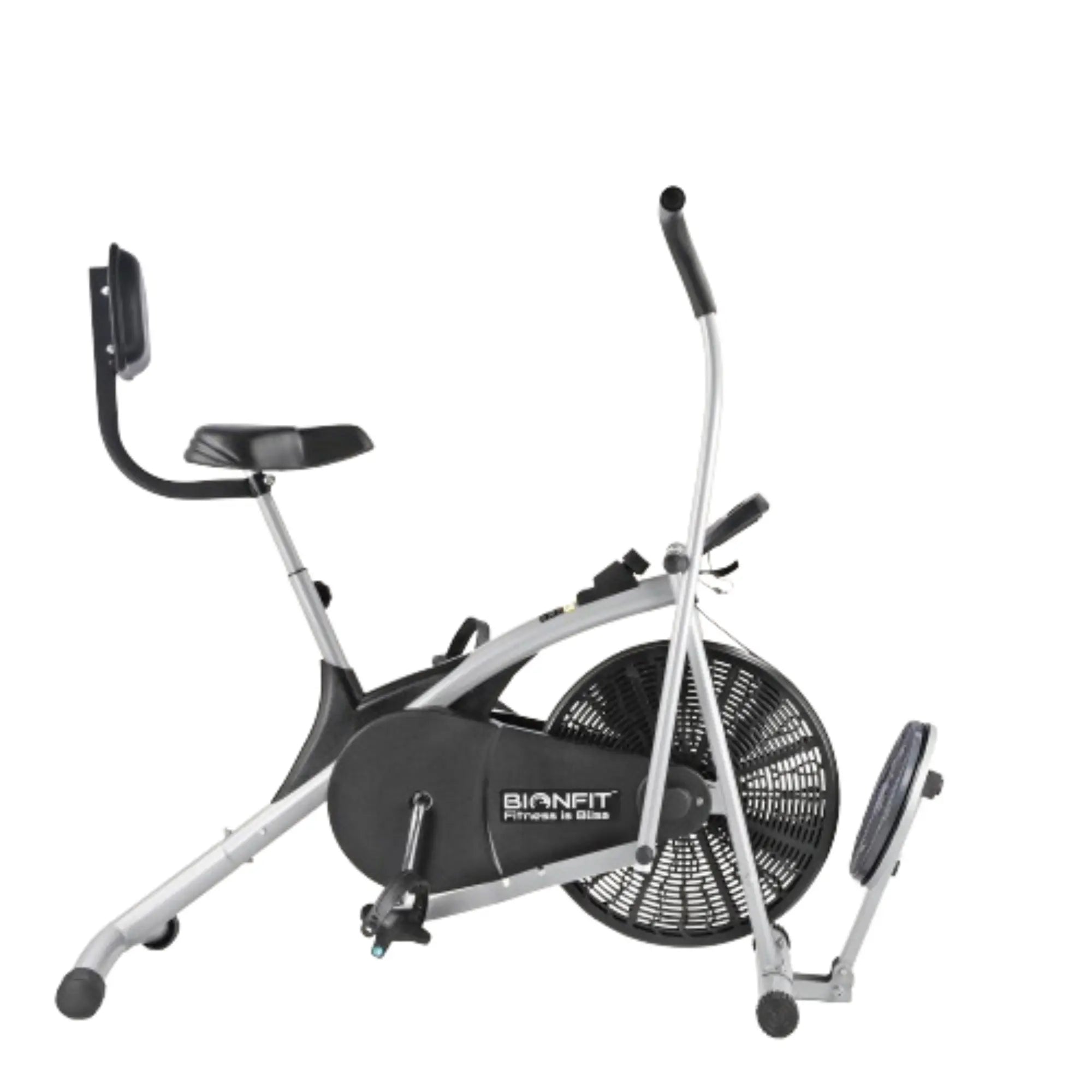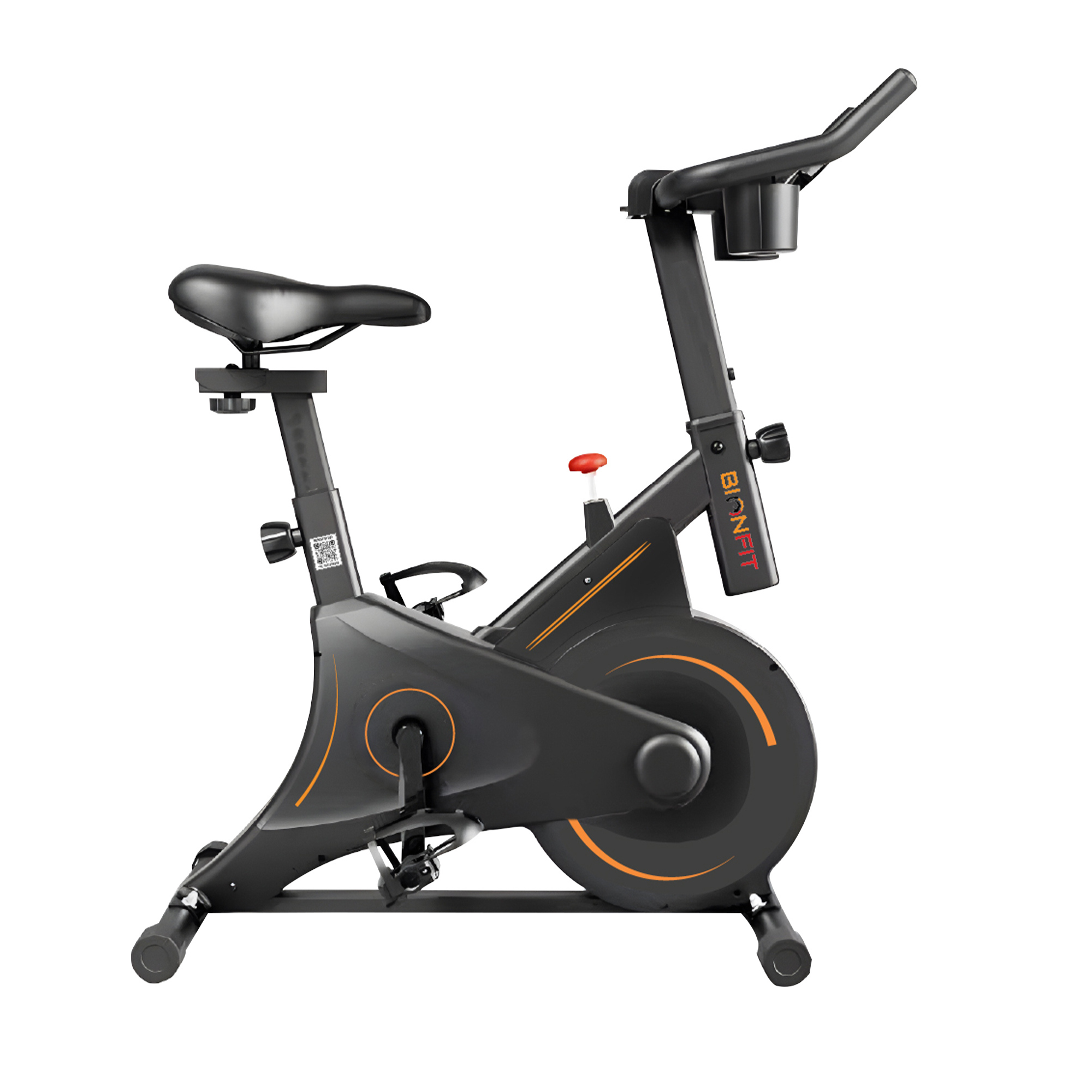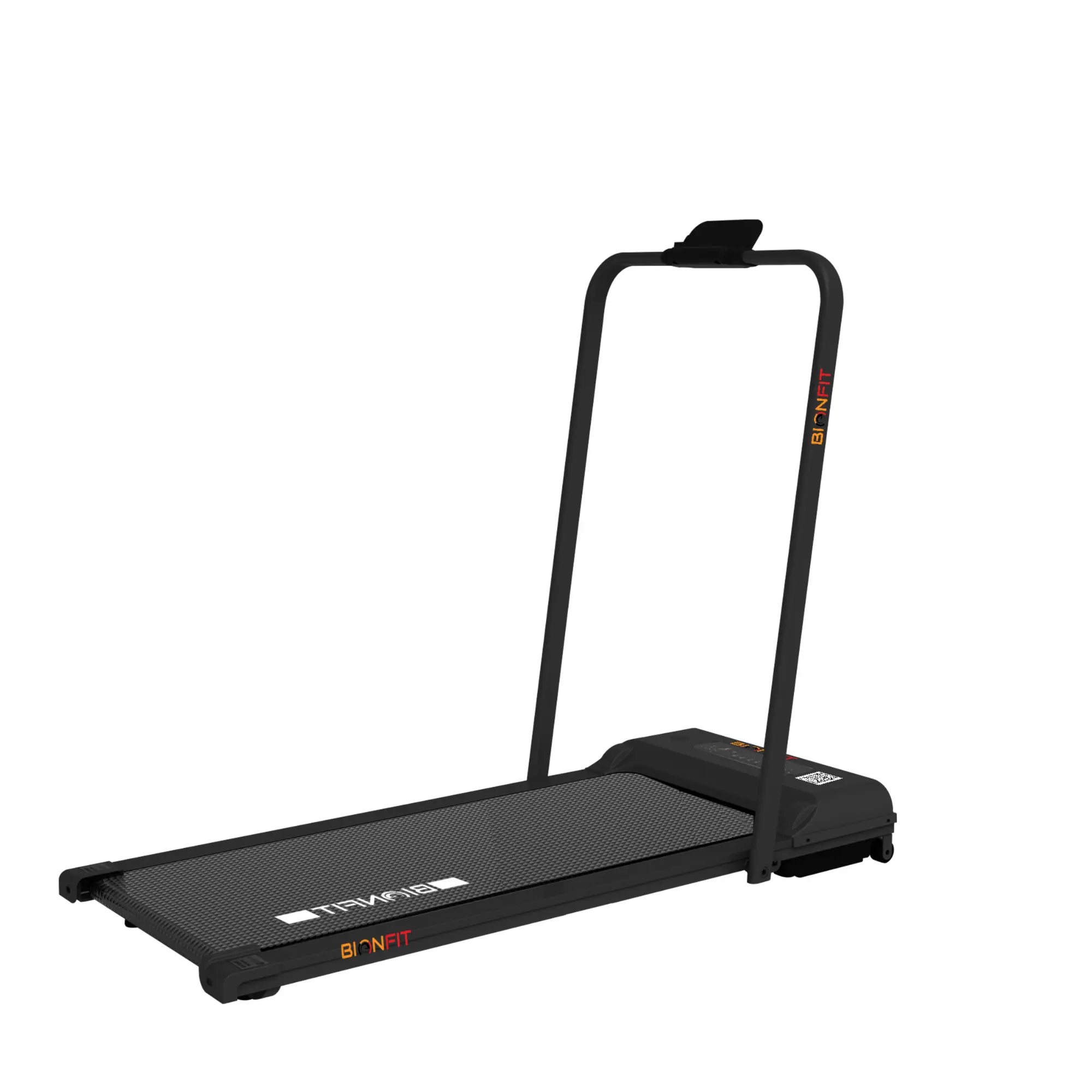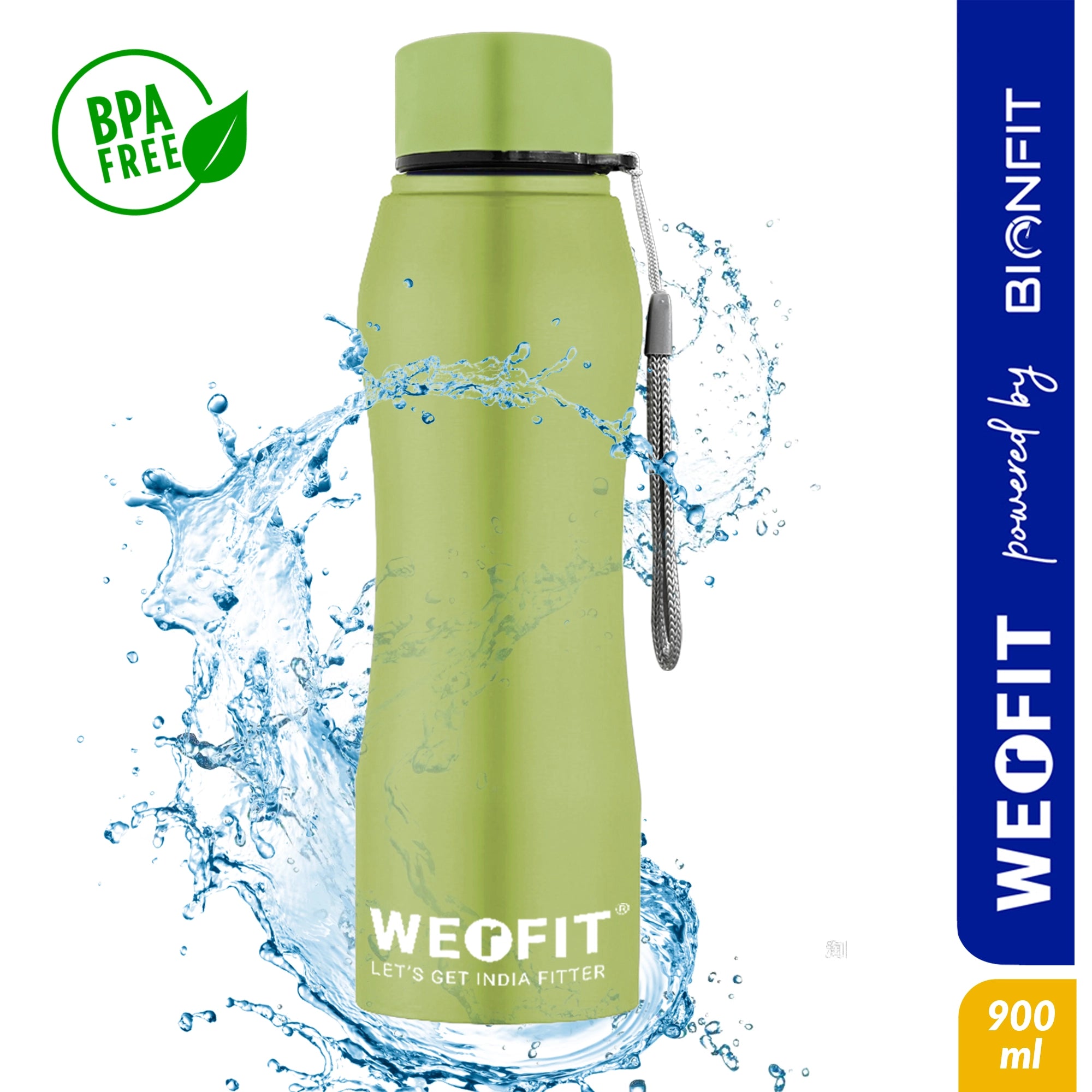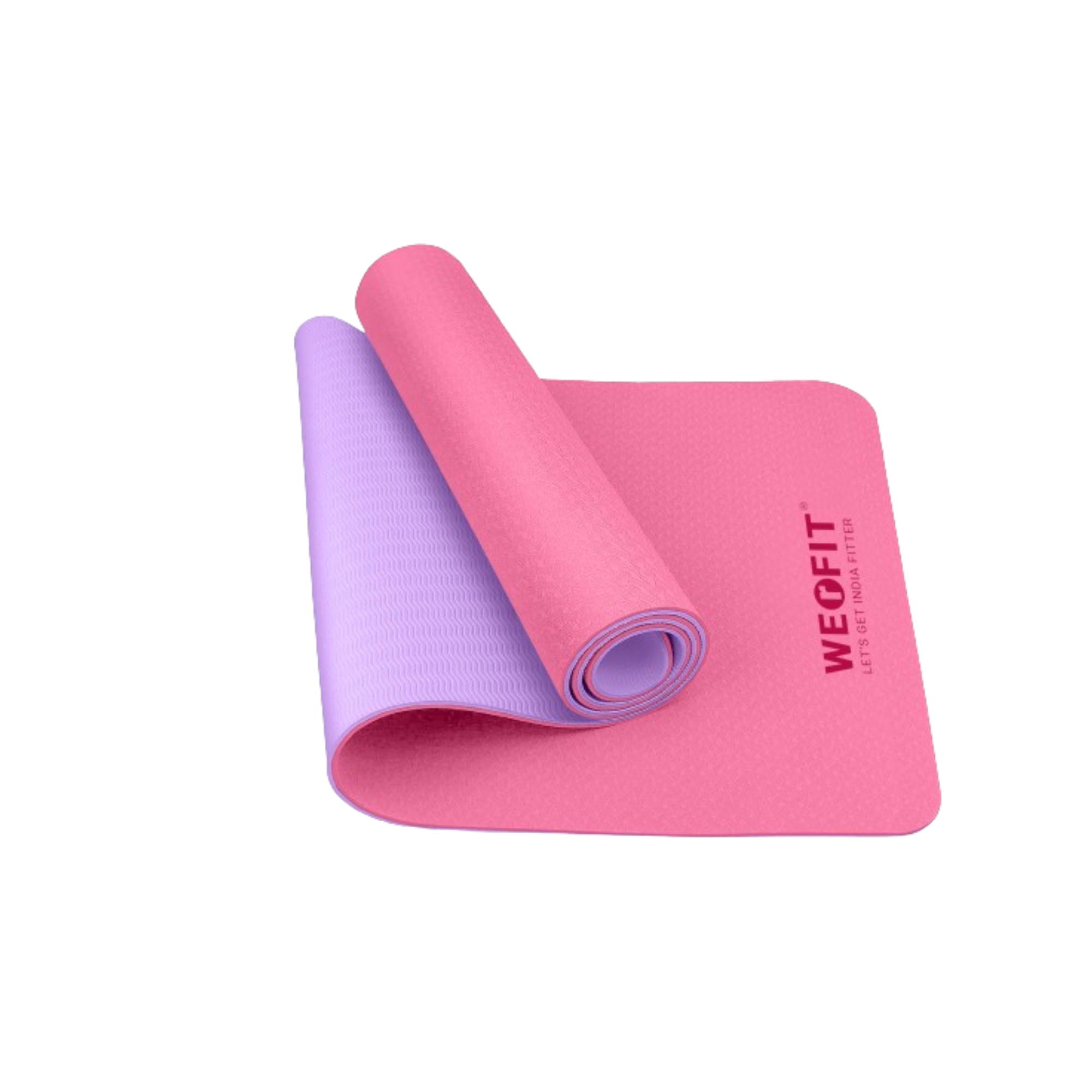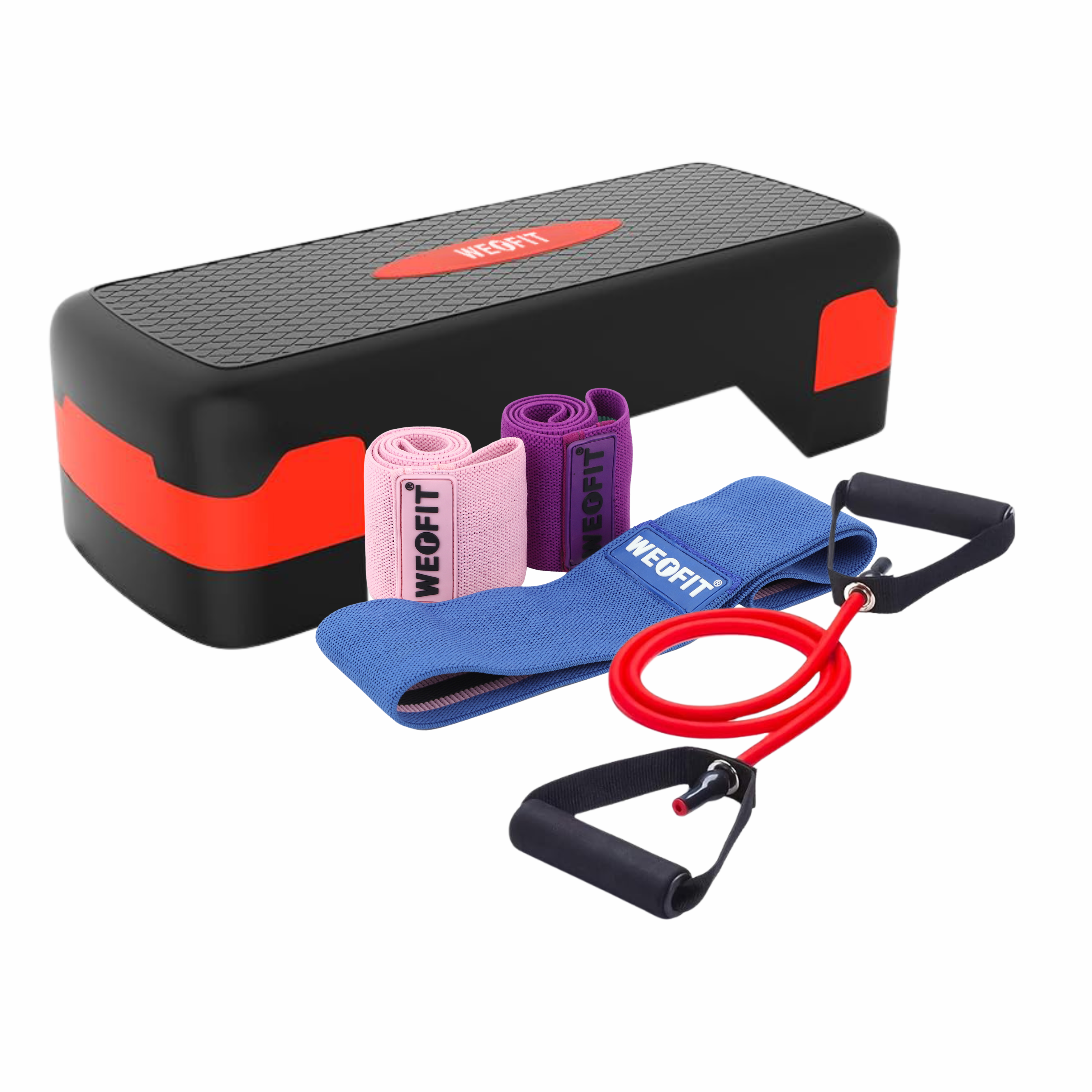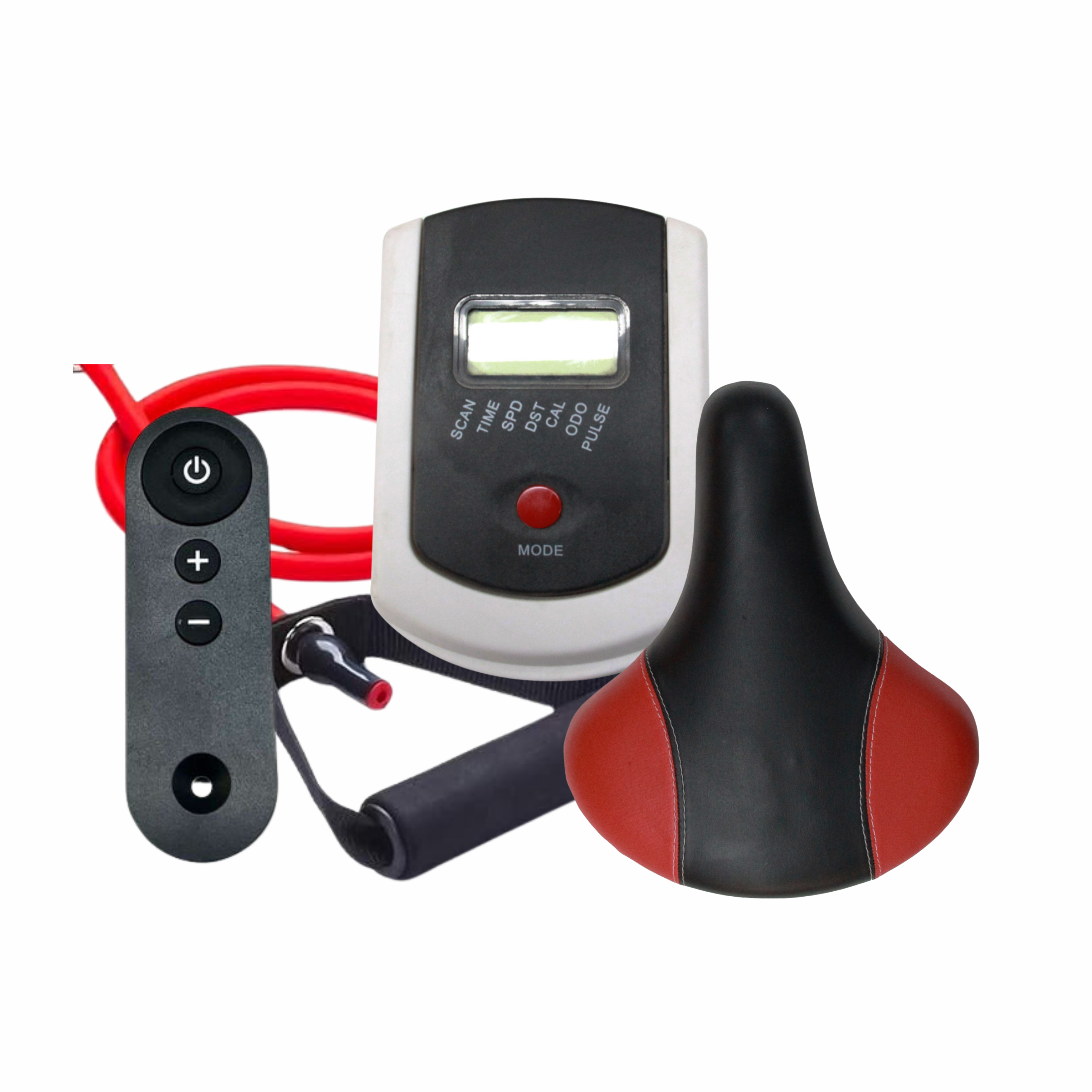
The Ultimate Guide to Choosing the Best Exercise Bike for Your Home
Choosing the right exercise bike for your home can be a game-changer for your fitness routine. But with so many options out there, how do you decide which one is the best fit for you? Let's dive into the details to help you make an informed decision.
Why Choose an Exercise Bike?
Exercise bikes are a fantastic option for home workouts. They're low-impact, suitable for all fitness levels, and perfect for burning calories without the need for a gym membership. Plus, they're an excellent way to keep active regardless of the weather outside.
Benefits of Having an Exercise Bike at Home
Having an exercise bike at home offers unparalleled convenience. You can fit in a workout anytime, whether it's a quick session before work or a long ride on the weekend. It also means no more waiting for machines at the gym or dealing with sweaty, communal equipment.
Types of Exercise Bikes
Understanding the different types of exercise bikes is crucial to finding the one that suits your needs. Here are the main categories:
1. Upright Exercise Bikes
- These are the most common type, resembling a regular bicycle with the rider sitting upright. They're great for a traditional cycling experience and offer a good cardio workout.
2. Recumbent Exercise Bikes
- Recumbent bikes have a more laid-back design, with a larger seat and back support. They’re perfect for those with back issues or anyone looking for a more comfortable workout.
3. Spin Bikes
- Spin bikes are designed for high-intensity training, often used in spin classes. They have a heavier flywheel and are built for simulating road biking, making them ideal for serious cyclists.
4. Dual-Action Exercise Bikes
- These bikes feature handlebars that move back and forth, providing a full-body workout by engaging both your upper and lower body. They’re excellent for increasing overall fitness and burning more calories.
Key Features to Consider
When shopping for an exercise bike, keep these key features in mind to ensure you get the best value and functionality.
1. Resistance Types
- Exercise bikes come with different resistance mechanisms, including magnetic, friction, and air resistance. Magnetic resistance is usually quieter and smoother, while air resistance offers an unlimited range, increasing with your pedaling intensity.
2. Flywheel Weight
- The flywheel is crucial for a smooth ride. Heavier flywheels generally provide a more stable and consistent cycling experience. For spin bikes, a heavier flywheel is essential for high-intensity workouts.
3. Seat Comfort
- A comfortable seat is vital for long workout sessions. Look for bikes with adjustable, cushioned seats or consider purchasing a gel cover for extra comfort.
4. Adjustability
- Ensure the bike you choose allows for adjustability in both the seat and handlebars. This is important for achieving a proper and comfortable riding position.
5. Display Console and Connectivity
- Modern exercise bikes come with digital consoles that track your workout metrics like speed, distance, time, and calories burned. Some even offer connectivity features, allowing you to sync with fitness apps or follow virtual rides.
6. Pedals and Straps
- Good pedals with adjustable straps will keep your feet secure during your workout. Some bikes also offer clip-in pedals for those who prefer cycling shoes.
Budget Considerations
1. High-End vs. Budget Models
- Exercise bikes come in a wide range of prices. High-end models offer more features, better build quality, and often, longer warranties. However, budget models can still provide a solid workout experience if you choose wisely.
2. Value for Money
- Look for bikes that offer the best features for your budget. Sometimes, mid-range bikes provide a perfect balance of cost and features.
Space and Storage
1. Size of the Bike
- Consider the space you have available at home. Some bikes have a larger footprint, which might not be suitable for smaller apartments.
2. Foldable Options
- If space is a concern, look for foldable exercise bikes that can be easily stored away when not in use.
3. Storage Solutions
- Think about where you will store your bike. A dedicated workout space is ideal, but if that's not possible, ensure you have a convenient spot to keep it.
User Profiles and Goals
Your fitness goals and user profile play a significant role in choosing the right exercise bike.
1. Weight Loss
- For weight loss, look for bikes that offer high-intensity interval training (HIIT) programs or customizable resistance settings to keep your workouts challenging.
2. Cardiovascular Health
- If improving cardiovascular health is your goal, consider bikes with built-in heart rate monitors and programs designed to enhance heart health.
3. Muscle Toning
- Spin bikes and dual-action bikes are excellent for muscle toning, providing workouts that engage multiple muscle groups.
4. Rehabilitation
- For rehabilitation purposes, recumbent bikes are often recommended due to their comfortable seating position and low-impact nature.
Brand Reputation and Reviews
1. Top-Rated Brands
- Some of the most reputable brands in the market include Schwinn, Peloton, and NordicTrack. These brands are known for their quality and durability.
2. Importance of User Reviews
- Always check user reviews to get an idea of the bike's performance and reliability. Real-life feedback can provide insights that you might not find in the product description.
Warranty and Customer Support
1. Warranty Types
- Look for bikes with comprehensive warranties that cover the frame, parts, and labor. A good warranty indicates the manufacturer's confidence in their product.
2. Importance of Good Customer Support
- Responsive customer support is essential for resolving any issues that may arise with your bike. Choose brands known for their excellent customer service.
Accessories and Add-ons
1. Heart Rate Monitors
- Some bikes come with built-in heart rate monitors, while others may offer compatibility with external devices. This feature is useful for tracking your fitness progress.
2. Mats and Covers
- A good mat can protect your floors and reduce noise, while covers can keep your bike dust-free when not in use.
3. Bottle Holders
- Staying hydrated during your workout is crucial. Look for bikes that come with built-in bottle holders for convenience.
Maintenance Tips
1. Regular Cleaning
- Keep your bike clean to ensure it operates smoothly. Wipe down the frame and components regularly to prevent dust and sweat buildup.
2. Lubrication
- Some parts may need occasional lubrication to keep them moving freely. Check the manufacturer's guidelines for specific maintenance requirements.
3. Parts Replacement
- Over time, certain parts may wear out. Make sure you can easily find and replace these parts to extend the life of your bike.
Safety Tips
1. Proper Setup
- Ensure your bike is set up correctly to avoid injuries. Adjust the seat and handlebars to your height and maintain good posture during workouts.
2. Safe Usage Practices
- Start with a warm-up and end with a cool-down to prevent muscle strain. Also, avoid overexertion, especially if you're new to exercise biking.
3. Injury Prevention
- Listen to your body and take breaks when needed. If you experience any pain or discomfort, stop and consult a healthcare professional.
Environmental Considerations
1. Energy Consumption
- Some exercise bikes are self-powered, while others require electricity. If you're eco-conscious, consider bikes that have a minimal environmental impact.
2. Eco-Friendly Brands
- Look for brands that prioritize sustainability in their manufacturing processes and materials.
FAQs About Exercise Bikes
1. How often should I use my exercise bike?
- A: Aim for at least 150 minutes of moderate-intensity cardio each week, which can be broken down into 30-minute sessions, five days a week.
2. Can I lose weight with an exercise bike?
- A: Absolutely! Consistent use, combined with a healthy diet, can lead to significant weight loss.
3. What's the difference between a spin bike and an upright bike?
- A: Spin bikes are designed for high-intensity workouts and mimic road biking, while upright bikes offer a more traditional cycling experience.
4. Are recumbent bikes good for seniors?
- A: Yes, recumbent bikes are excellent for seniors due to their comfortable seating position and back support.
5. Do I need special shoes for using an exercise bike?
- A: While not necessary, cycling shoes with cleats can enhance your workout by providing better grip and pedal efficiency.
Real-Life Success Stories
Testimonials
"I've lost 20 pounds using my exercise bike daily for just 30 minutes! It's been a game-changer for my fitness routine." - Jane D.
Case Studies
John's Story: John, a 45-year-old office worker, transformed his health by incorporating an exercise bike into his daily routine. He not only lost weight but also improved his cardiovascular health and reduced stress.
Conclusion
Choosing the best exercise bike for your home doesn't have to be overwhelming. By considering the types, key features, budget, space, and your fitness goals, you can find the perfect bike to enhance your home workout experience. Remember to check reviews, consider brand reputation, and think about long-term use to make a well-informed decision.

